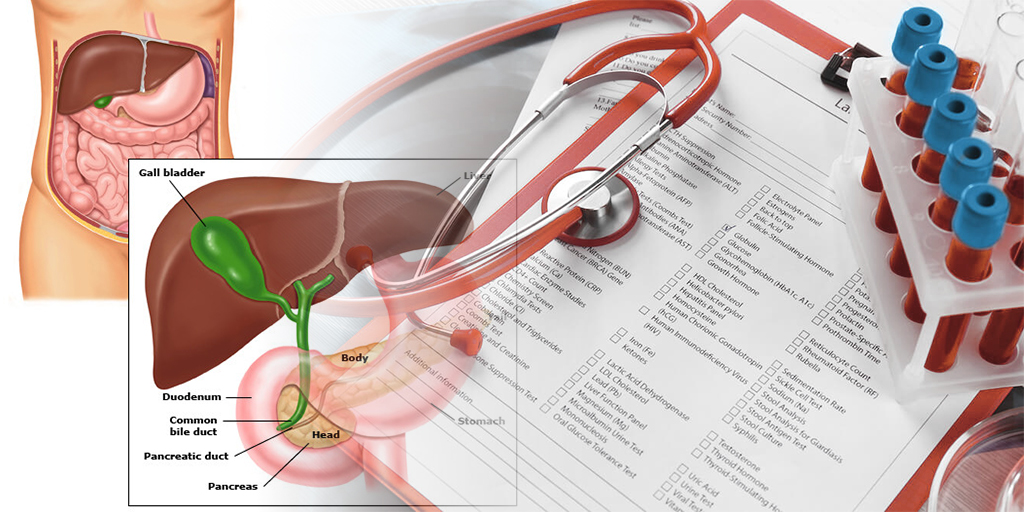.Diagnostic test for pancreas function plays a pivotal role in glucose homeostasis, primarily through insulin secretion by beta cells. In individuals exhibiting severe insulin resistance, evaluating pancreatic function becomes essential to distinguish between pancreatic insufficiency and peripheral tissue insensitivity. This article delves into the diagnostic methodologies employed to assess pancreatic function in the backdrop of pronounced insulin resistance.

Understanding Severe Insulin Resistance
Severe insulin resistance is characterized by the diminished efficacy of insulin in facilitating glucose uptake into cells, leading to elevated blood glucose levels. The pancreas compensates by augmenting insulin production; however, persistent resistance can culminate in beta-cell dysfunction and eventual pancreatic exhaustion.
Diagnostic Tests for Pancreatic Function
- Fasting Plasma Glucose (FPG) and Hemoglobin A1c (HbA1c) Tests
- Fasting Plasma Glucose (FPG): Measures blood glucose levels after an overnight fast. Elevated FPG levels may indicate impaired pancreatic function or insulin resistance.
- Hemoglobin A1c (HbA1c): Reflects average blood glucose levels over the past three months. Elevated HbA1c levels can suggest chronic hyperglycemia due to inadequate insulin action or secretion.
- Oral Glucose Tolerance Test (OGTT)
- Procedure: After fasting, the individual consumes a glucose-rich beverage. Blood samples are collected at baseline and subsequent intervals to monitor glucose clearance from the bloodstream.
- Interpretation: Delayed glucose clearance indicates impaired pancreatic insulin secretion or significant insulin resistance. The OGTT is particularly useful in diagnosing conditions like type 2 diabetes and gestational diabetes.
- C-Peptide Test
- Purpose: Measures the level of C-peptide, a byproduct of insulin production, in the blood. Since exogenous insulin administration does not affect C-peptide levels, this test provides insight into endogenous insulin production.
- Clinical Significance: Low C-peptide levels suggest reduced pancreatic insulin secretion, while elevated levels may indicate insulin resistance or insulinoma. This test aids in distinguishing between type 1 and type 2 diabetes and assessing residual beta-cell function.
- Homeostatic Model Assessment (HOMA)
- HOMA-IR (Insulin Resistance): Calculates insulin resistance using fasting glucose and insulin levels. Elevated HOMA-IR values denote increased insulin resistance.
- HOMA-Beta (Beta-Cell Function): Assesses pancreatic beta-cell function. Lower values may indicate beta-cell dysfunction.
- Intravenous Glucose Tolerance Test (IVGTT)
- Procedure: Involves intravenous administration of glucose followed by frequent blood sampling to assess insulin secretion dynamics.
- Application: Primarily utilized in research settings to evaluate beta-cell responsiveness and insulin sensitivity.
- SPINA-GBeta and SPINA-GR Indices
- SPINA-GBeta: Estimates the maximum insulin secretion capacity of pancreatic beta cells.
- SPINA-GR: Assesses insulin receptor sensitivity.
- Utility: These calculated biomarkers provide a nuanced understanding of pancreatic function and insulin sensitivity, especially in complex cases of severe insulin resistance.
- Imaging Studies
- Magnetic Resonance Imaging (MRI) and Computed Tomography (CT): Employed to visualize pancreatic morphology, detect structural abnormalities, or identify masses such as insulinomas.
- Positron Emission Tomography (PET): May be utilized in specific scenarios to assess pancreatic function and detect neoplastic processes.
Integrating Diagnostic Findings
A comprehensive evaluation of pancreatic function in the context of severe insulin resistance necessitates a multifaceted approach. Combining biochemical tests with imaging studies offers a holistic view, facilitating accurate diagnosis and informing therapeutic strategies.